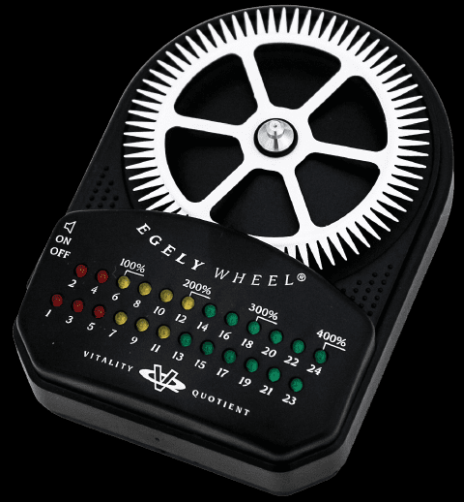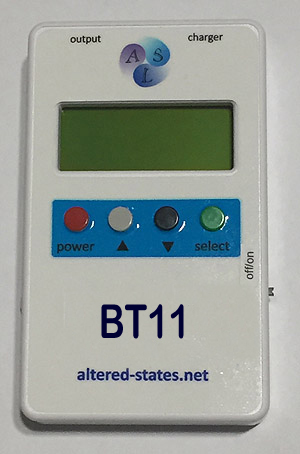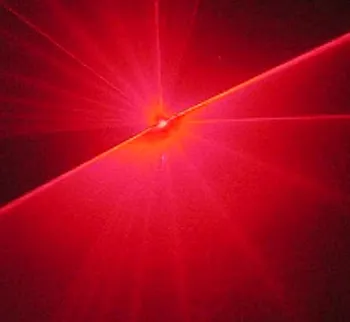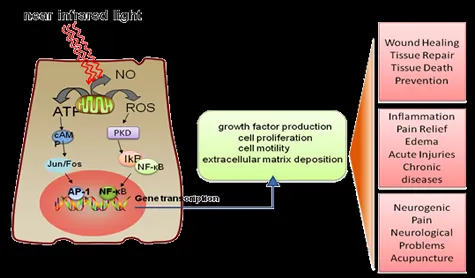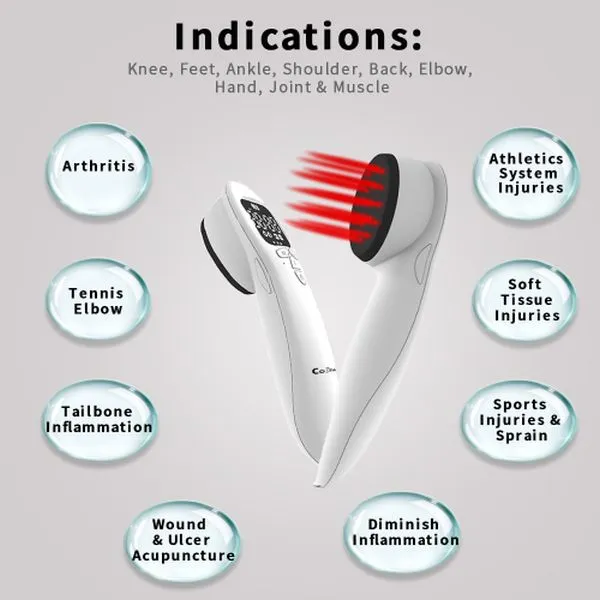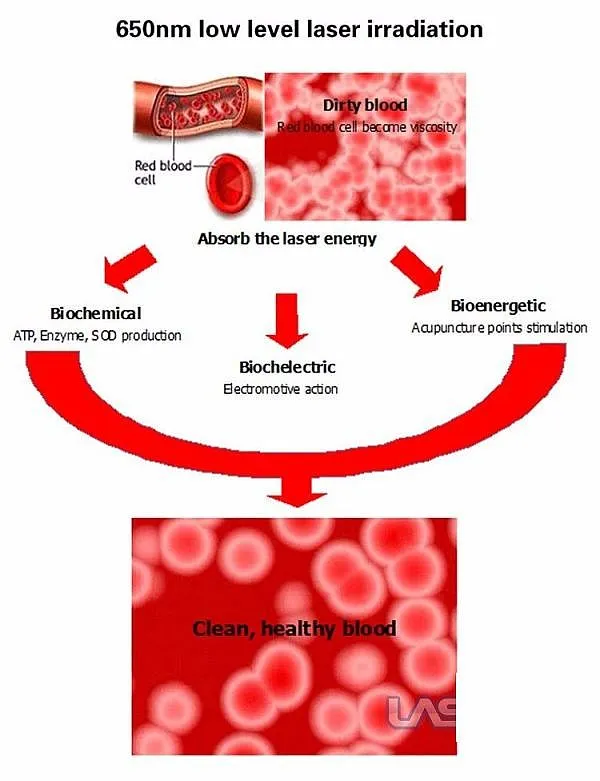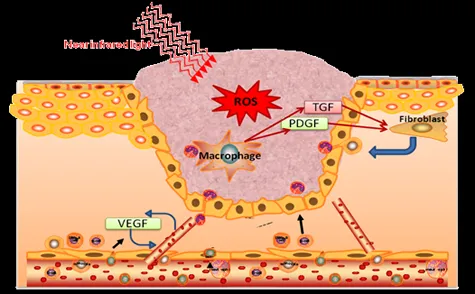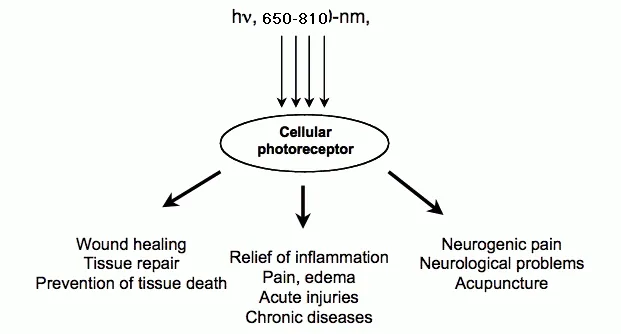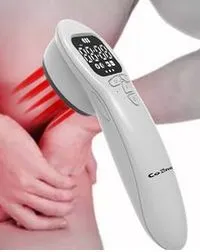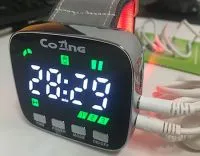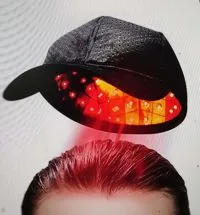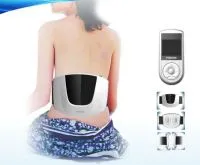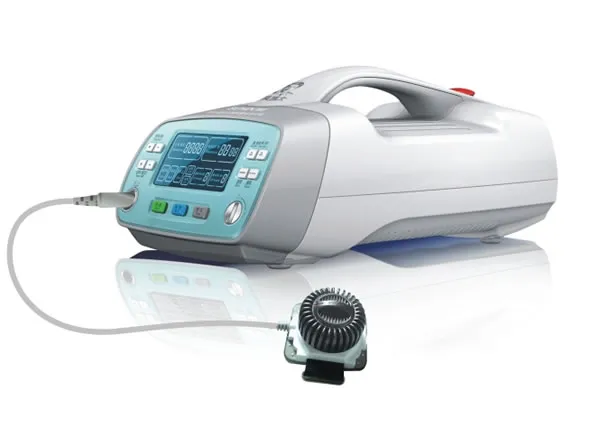Laser Cap for BTPlusNZ$670.75Approx USD$386.81
In 1967, a few years after the first working laser was invented, Endre Mester in Semmelweis University, Budapest, Hungary wanted to test if laser radiation might cause cancer in mice [1]. He shaved the dorsal hair, divided them into two groups and gave a laser treatment with a low powered ruby laser (694 nm) to one group. They did not get cancer, and to his surprise the hair on the treated group grew back more quickly than the untreated group. This was the first demonstration of "laser biostimulation". Since then, medical treatment with coherent-light sources (lasers) or non coherent light (light-emitting diodes, LEDs) has passed through its childhood and adolescence. Currently, low-level laser (or light) therapy (LLLT), also known as "cold laser", "soft laser", "biostimulation" or "photobiomodulation" is practiced as part of physical therapy in many parts of the world. In fact, light therapy is one of the oldest therapeutic methods used by humans (historically as solar therapy by Egyptians, later as UV therapy for which Nils Finsen won the Nobel prize in 1904 [2]). The use of lasers and LEDs as light sources was the next step in the technological development of light therapy, which is now applied to many thousands of people worldwide each day.
Low-level lasers are also called cold lasers, soft lasers, biostimulation lasers, low-intensity lasers, etc. Low-level laser therapy (LLLT) is the use of a low-powered laser that emits specific wavelengths of light in the visible red and/or far infrared range for therapeutic purposes. This involves the application of low power light to areas of the body in order to stimulate healing. It is also known as cold laser, soft laser or low intensity laser. The reason why the technique is termed LOW-level is that the optimum levels of energy density delivered are low when compared to other forms of laser therapy as practiced for ablation, cutting, and thermally coagulating tissue. more Controlled research into the effects of low level laser is currently being conducted in various European centres and in Japan. Knee injuries and conditions treated by low-level laser include tendonitis, bursitis, meniscus tears, runners knee/chondromalacia patella, knee joint effusion, iliotibial band syndrome, osgood schlatters disease, osteoarthritis and rheumatoid arthritis.
Low-level powers use very low power and no heating of or damage to the tissue occurs. Low-level laser treatment increases cell metabolism.
Low-level lasers emit light in the red
and infrared range. Red and infrared light penetrate
deeply into human tissue, where the light energy is
absorbed and turned into biochemical energy. By increasing
cellular energy in the treated area, low-level laser
therapy is believed to speed healing and reduce inflammation
and pain. There are no known side effects lasers are not magical; it is the light that they produce that yields the biological effect How does it work? Photons, which are particles of electromagnetic energy, are emitted from the low power laser. These particles enter the tissues and are absorbed in the mitochondria, which are tiny structures within the substance of each individual cell. The energy is converted to chemical energy within the cell. The permeability of the cell membrane changes which in turn produces various physiological effects. These physiological changes affect a variety of cell types including macrophages, fibroblasts, endothelial cells and mast cells. Low-level laser therapy (LLLT)/ Photobiological techniques are sometimes less invasive than those used in other areas of science, allowing the sample to respond without incurring much damage. It is no coincidence that two of the most important macromolecules in biology - DNA and chlorophyll - respond readily to light. In fact absorption of light by plants is the driving force for much of the life on earth. COLD LASER THERAPY is a treatment whereby a cold laser is utilized to treat chronic and acute pain. Cold laser therapy is used for persons suffering from back and neck pain, musculoskeletal pain, joint pain associated with arthritis, fibromyalgia, tendonitis, busiitis, neuropathy, Achilles tendon pain, migraine headaches, sprains and strains, carpal tunnel and other associated pains. Cold laser therapy is also used in the treatment of conditions such as TMJ, reflex sympathetic dystrophy (RSD) and other inflammatory and scarring conditions
What is it used for? Low-power laser therapy is used by physical therapists to treat a wide variety of acute and chronic musculoskeletal aches and pains, by dentists to treat inflamed oral tissues and to heal diverse ulcerations, by dermatologists to treat edema, non-healing ulcers, burns, and dermatitis, by orthopedists to relieve pain and treat chronic inflammations and autoimmune diseases, and by other specialists, as well as general practitioners. Laser therapy is also widely used in veterinary medicine (especially in racehorse-training centers), and in sports-medicine and rehabilitation clinics (to reduce swelling and hematoma, relieve pain, improve mobility, and treat acute soft-tissue injuries). Lasers and LEDs are applied directly to the respective areas (e.g., wounds, sites of injuries) or to various points on the body (acupuncture points, muscle-trigger points). Cold Laser therapy, whether using low intensity radiation in the visible or near-infrared region can be beneficial in a number of clinical situations, from pain remission to wound healing. Unfortunately, the absence of this type of phototherapy from the mainstream of medicine makes it unavailable to patients who could benefit from it.
Most health care plans do not cover LLLT because the FDA considers LLLT investigational, experimental and unproven (though approved for use since 2002 by the FDA). More large clinical trials that follow stringent scientific guidelines are needed. Though there have been many trials they have been considered inadequate. (1)
Cold laser therapy increases serotonin levels which allow the body to heal itself. Cold laser therapy is non-thermal and noninvasive. A combination of cold laser and electric stimulation, cold laser therapy is one of the most effective healing therapies in the medical community today. Completed in one to three sessions, cold laser therapy is not only significant in reducing treatment times, it is cost effective as well.
Therapeutic Principle: "Our Semiconductor Laser Therapeutic Instrument has
been developed based on modern laser medicine and clinical
practice. It adopts low-level laser with the wavelength
of 650nm, through specific parts of irradiation and
using light radiation of laser and wavelength relation
to change the biological characteristics and peel off
the fat layer and cholesterol in the red blood
cells, to improve the activity and oxygen carrying
capacity as well as the deformability of cells, reduce
the concentration of middle molecules in the blood,
improve hem rheological properties and lower triglycerides
and cholesterol, in order to effectively treat and
prevent diseases.
|
Your IP Address is: 3.17.142.93
Copyright © 2025 Altered States. Powered by Zen Cart

